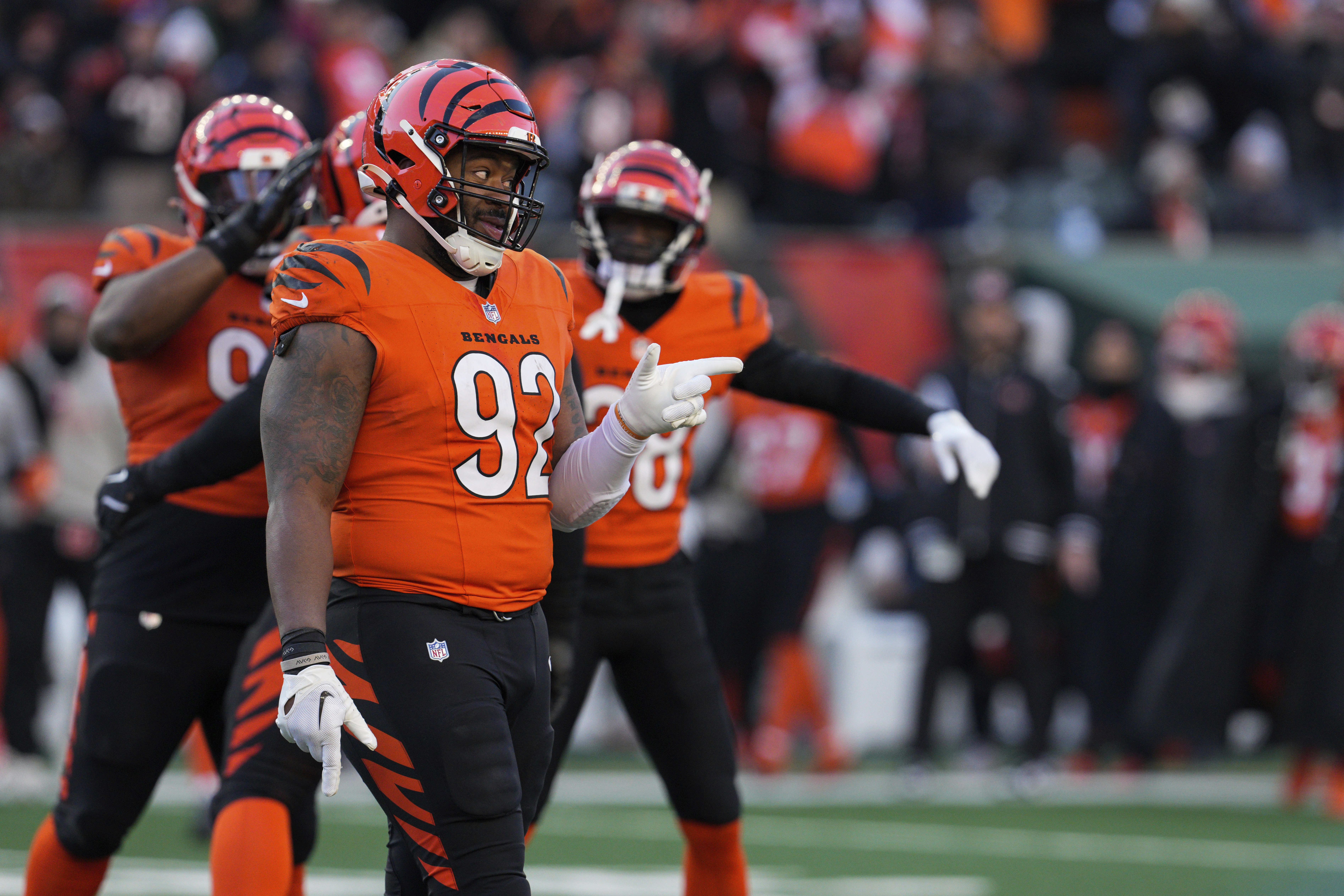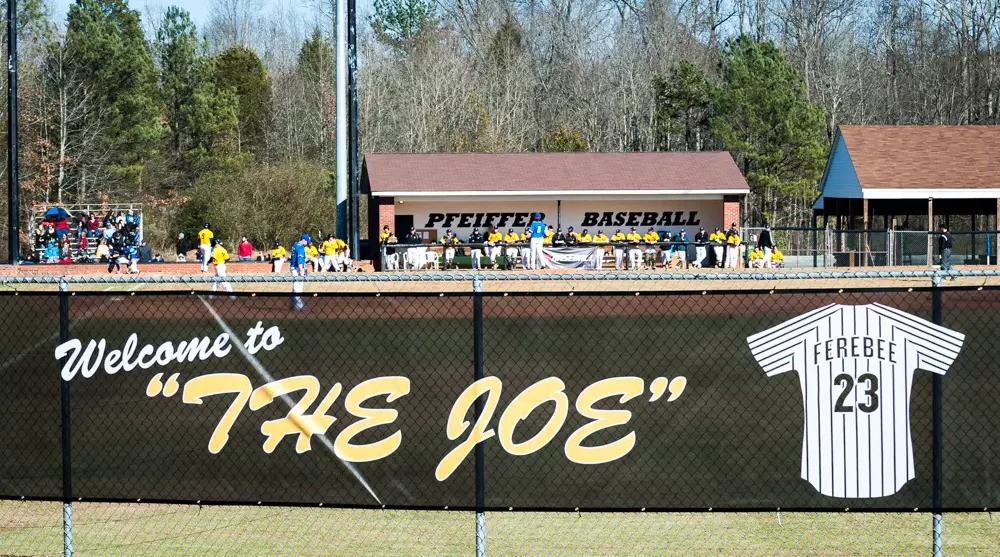DG MARTIN COLUMN: A sequel to ‘Big Fish’
Published 8:56 am Monday, June 12, 2023
|
Getting your Trinity Audio player ready...
|
You could forgive me if you knew that I would like to be like Daniel Wallace. His best-selling novel, “Big Fish,” was made into a movie. He holds a tenured professorship at the University of North Carolina at Chapel Hill, where he is an admired teacher of literature. He is a gifted cartoonist.

D.G. Martin
There is more. But if you told Wallace that you wanted to be like him, he would tell you that he had wanted to be like his late brother-in-law William Nealy.
I knew about Nealy from his work in the 1980s drawing cartoon-like directions that showed how to navigate fast-moving rivers such as the Nantahala and the Nolichucky in western North Carolina. The publisher of a collection of Nealy’s maps wrote that he “gained cult-hero status in the outdoor-sports community by blending his passion for the outdoors with his unique style of caricatures. He had a knack for learning — not by doing but by crashing and burning. For years his informative and hilarious cartoon maps of popular canoeing and kayaking streams have delighted whitewater paddlers.”
Trending
I did not know of his connection to Wallace. However, that connection is the subject of Wallace’s latest book, his first published non-fiction book, “This Isn’t Going to End Well: The True Story of a Man I Thought I Knew.”
The book opens in Birmingham, Alabama, when Wallace was 12 and his sister, Holly, was six years older. Nealy, her boyfriend, was standing on the roof of the Wallace house before he jumped into their swimming pool. He could have crashed on the concrete beside the pool and died, but he survived. Wallace wrote, “William was so alive, more alive than I was or ever would be.”
William could and would do almost anything, better if it were something that was death-defying.
He summed it up for a magazine’s biography: “Nealy has been a Boy Scout, an underground cartoonist (late 60s), high school dropout, war resistor, civil rights activists, construction worker, college student (BA 1976), mountain rescue specialist, garbage man, professional rock musician (drummer), police analyst, sculptor, spelunker, motorcyclist, bow hunter, paramedic, canoeist, kayaker, river guide, fork-lift driver, parachutist, author (10 books translated into three languages), real estate photographer, yachtsman, sport angler, traditional archer, roller blader, tree surgeon, environmental activist, and, occasionally, a drunk and drug addict.
“Plus a few other things we can’t mention ‘til the statute of limitations runs out. Also a political cartoonist, illustrator, private detective (2 arrests, 1 conviction, 1 pending), lifeguard, etc., etc. I’ve done more crazy stuff than any other cartoonist on the ***ing planet, period! And I still have enough brain cells to write books about my exploits.”
Wallace writes about Nealy’s flirtations with death. “He wanted to get as close as he could to disaster, but then, through wit and skill … get right out of it.”
Trending
When those flirtations led to Nealy’s embrace of suicide and plans for it, Wallace’s role changed, and he tried to be a protector.
After Nealy’s suicide, Wallace found his private journals. Even though he knew that Nealy did not want anyone to read the journals, Wallace persuaded himself that for his sake and the sake of others it was important to use Nealy’s words to help deal with the pain of his loss.
Wallace says that he will not write another book like this one. Too hard, too painful.
But as he wrote he saw a connection between this book and his first novel, “Big Fish.”
Wallace told me, “As I was writing this book, and digging deeper into the story of my life with my brother-in-law, William, I came to see that this was, this is, either the sequel to, or the prequel to ‘Big Fish.’ This influenced that book in ways that I didn’t even know it did before writing it.”
D.G. Martin, a retired lawyer, served as UNC-System’s vice president for public affairs and hosted PBS-NC’s “North Carolina Bookwatch.”






